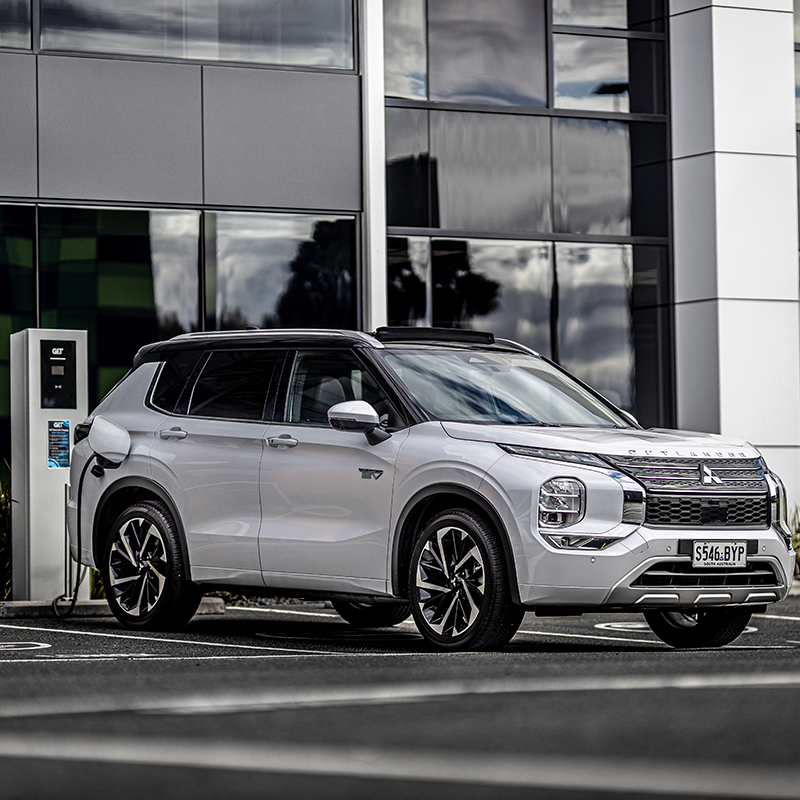The automotive world is undergoing its biggest transformation since Henry Ford revolutionised manufacturing with the Model T. The shift to decarbonisation is reshaping how we think about cars, driving fundamental changes across the industry.
This energy transition, however, isn’t a sprint—it’s a marathon. While we’re already making strides, there are still significant challenges to overcome. The two biggest roadblocks are Australia’s EV charging infrastructure and the current state of battery technology.
Australia's EV charging network is still in its early stages of development. There are only around 2,000 chargers nationwide, many located in inconvenient places or frequently out of service. On top of this, current battery limitations are creating ‘range anxiety’ and ‘charger anxiety,’ which discourage potential buyers. According to research from the National Automotive Leasing and Salary Packaging Association (NALSPA), the two main reasons Australians hesitate to purchase a Battery Electric Vehicle (BEV) are ‘Lack of public charging infrastructure’ (56%) and ‘Long recharging times on the road’ (50%).
These challenges are even more pronounced in rural and regional areas, where charging stations are scarce, and battery ranges fall short for long-distance travel—especially with heavy loads. This makes Battery Electric Vehicles (BEVs) impractical for nearly 30% of Australians.
That’s why we believe Plug-In Hybrid Electric Vehicles (PHEVs) are the most suitable option for Australia right now.
Mitsubishi’s Outlander PHEV has been one of Australia’s most popular PHEVs in 2024, and for good reason. PHEVs serve as a crucial stepping stone to full electrification. They offer the best of both worlds: electric driving for daily commutes and an engine for longer trips.
Our data shows that 81% of Outlander PHEV drivers use the vehicle primarily in electric mode, highlighting its practicality for reducing fuel costs and lowering emissions—without requiring significant upgrades to the current charging infrastructure.
With the average Australian commuting 35 km per day, the Outlander PHEV’s electric range of up to 84 km is more than enough for everyday tasks like driving to work, school pick-ups, and running errands. For longer journeys, the combined range of over 800 km offers unparalleled peace of mind, particularly in areas where charging options are limited or unreliable.
It’s no surprise, then, that while BEV sales are beginning to slow, PHEVs are surging in popularity. Sales of PHEVs have risen by 106% year-on-year as of November 2024—proof that Australians are increasingly turning to this technology.
Looking ahead, the Outlander PHEV is also future-ready, featuring bi-directional charging technology. This innovation allows the vehicle to store and supply energy to homes, supporting the broader energy transition and helping PHEV owners save on their energy bills.
The journey toward a decarbonised future is complex, but with practical solutions like PHEVs, Australia can take meaningful steps forward, which use available technology and infrastructure.
This blog post is based on Shaun’s Op-Ed Future of the automotive industry and the energy transition, published in the Australian Financial Review on 12 September 2024.
